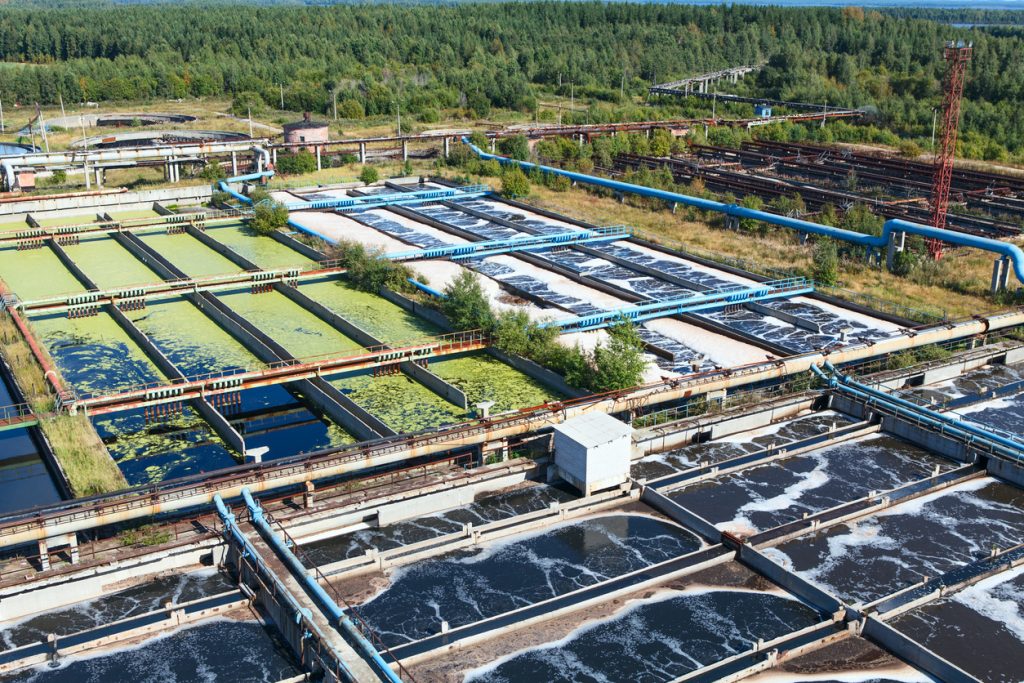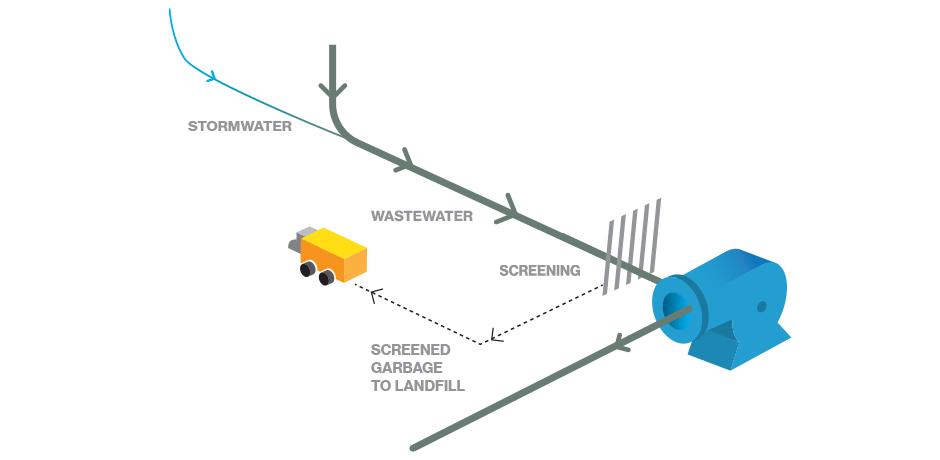Environmental Impact of Waste Water Treatment: What You Need to Know
Environmental Impact of Waste Water Treatment: What You Need to Know
Blog Article
Strategic Approaches to Improve Drainage Treatment Effectiveness and Minimize Environmental Effect
In the world of drainage therapy, the quest for enhanced effectiveness and minimized environmental influence is a perpetual obstacle that demands tactical solutions. As society grapples with the crucial to handle water sources sustainably, a nuanced technique comes to be necessary. The combination of advanced treatment technologies, energy-efficient procedures, source recovery methods, improved nutrient elimination methods, and wise tracking and control systems represents a diverse framework for dealing with these pressing concerns. However, what exists at the core of this complex internet of strategies is the potential to change the way we approach waste water therapy, not simply as a procedure of disposal, however as a useful chance for advancement and ecological stewardship.
Advanced Treatment Technologies
Cutting-edge membrane filtering systems have actually changed advanced wastewater treatment processes, substantially boosting the elimination of contaminants. This innovation has actually confirmed to be highly efficient in getting rid of a wide range of pollutants, consisting of drugs, hefty steels, and organic compounds, which are typically testing to eliminate with typical treatment methods.
Additionally, membrane layer filtering systems use many advantages over standard therapy techniques. They require much less space, produce higher-quality effluent, and are extra resistant to variations in influent water quality. Additionally, these systems are highly versatile and can be conveniently integrated right into existing treatment plants or utilized as standalone systems for decentralized applications. As the demand for tidy water continues to rise, the fostering of sophisticated membrane purification modern technologies is necessary to make sure sustainable and effective wastewater treatment techniques.
Energy-Efficient Processes
The assimilation of energy-efficient processes in wastewater treatment systems is crucial for maximizing resource utilization and reducing functional costs. By executing energy-efficient innovations, therapy plants can substantially decrease their carbon impact and general environmental impact. One key technique to enhancing power efficiency in wastewater therapy is the usage of innovative aeration systems, such as great bubble diffusers or surface area aerators, which can improve oxygen transfer performance and reduce energy intake. Additionally, integrating power recuperation systems, like anaerobic food digestion for biogas manufacturing or making use of excess heat for thermal procedures, can aid offset energy demands and advertise sustainability.
Moreover, optimizing process control and automation with making use of advanced sensors and keeping an eye on systems can boost total power efficiency by adjusting operations in real-time based upon real demand and conditions. Executing power audits and regularly keeping track of energy efficiency indications are essential techniques to identify areas for renovation and track energy-saving campaigns properly. In general, the adoption of energy-efficient procedures in wastewater therapy not just benefits the setting but additionally adds to long-lasting price savings and functional sustainability.
Source Recovery Approaches
With a concentrate on maximizing resource utilization and sustainability in wastewater treatment systems, the execution of source healing techniques emerges as a pivotal facet in improving operational efficiency. Source healing approaches in wastewater therapy include the recognition and removal of important sources from the waste stream, consequently turning what was as soon as thought about waste you could try this out into a useful possession. By implementing source recovery strategies such as nutrient removal and recuperation, energy generation from raw material, and the manufacturing of recyclable water, wastewater treatment plants can decrease environmental impact while taking full advantage of efficiency.

Enhanced Nutrient Removal Techniques
Carrying out advanced nutrient elimination techniques is crucial for enhancing the performance of wastewater therapy systems. One of the vital strategies used for boosted nutrient elimination is the process of biological nutrient removal (BNR), which entails the elimination of nitrogen and phosphorus with organic procedures.

In enhancement to BNR, progressed therapy approaches such as membrane layer bioreactors (MBRs) and built wetlands can also discover here be utilized to improve nutrient removal effectiveness. By including these innovative nutrient elimination strategies into wastewater therapy towns, markets and systems can successfully lower nutrient air pollution and secure the environment.
Smart Monitoring and Control Equipment
Using advanced technology, the assimilation of smart tracking and control systems revolutionizes the functional effectiveness of wastewater treatment centers. These systems incorporate innovative sensors and data analytics to continually keep track of key specifications such as pH levels, turbidity, liquified oxygen, and flow prices in real-time. By collecting and analyzing this information, operators can obtain useful insights right into the performance of the therapy processes, making it possible for positive adjustments to maximize treatment performance.
Smart tracking and control systems also sustain remote tracking capabilities, permitting operators to access real-time data and control features from off-site places. This remote accessibility improves functional versatility and responsiveness, making it possible for quick treatments in situation of system breakdowns or variations in influent high quality. Moreover, the predictive upkeep capabilities of these systems aid avoid tools failures and minimize downtime, eventually improving the general integrity of wastewater treatment procedures (Waste Water Treatment).
Final Thought
Finally, calculated methods such as innovative therapy technologies, energy-efficient procedures, resource healing techniques, improved nutrient removal strategies, and wise tracking and control systems play a critical role in enhancing wastewater treatment efficiency and reducing environmental impact. By executing these techniques, wastewater treatment plants can improve their total efficiency, lower power intake, recuperate useful sources, and make sure compliance with environmental regulations. These approaches are important for efficient and lasting wastewater monitoring techniques.

In final thought, tactical strategies such as innovative therapy technologies, energy-efficient procedures, resource healing techniques, enhanced nutrient elimination techniques, and clever monitoring and control systems play a vital function in boosting wastewater therapy effectiveness and decreasing environmental effect.
Report this page